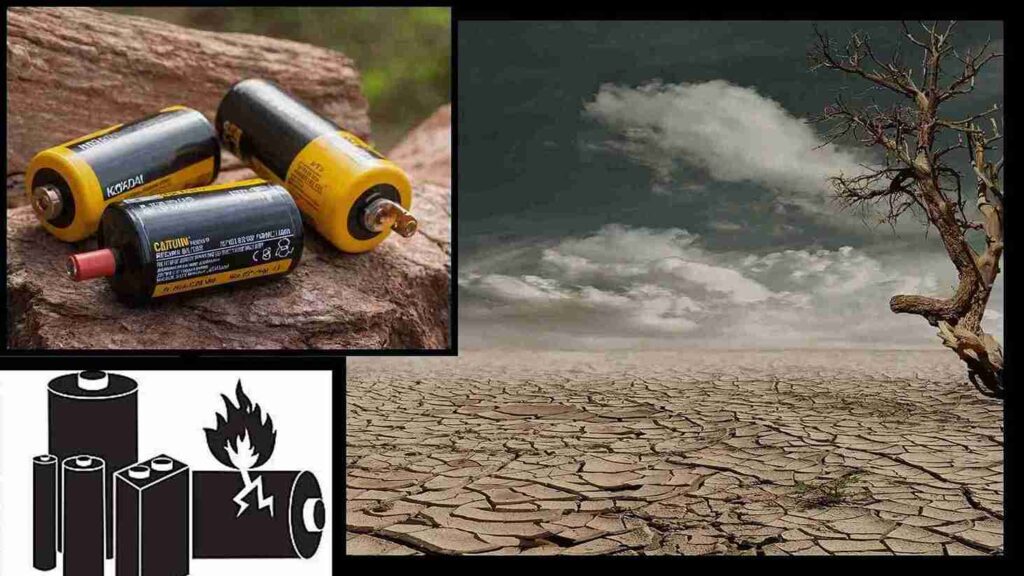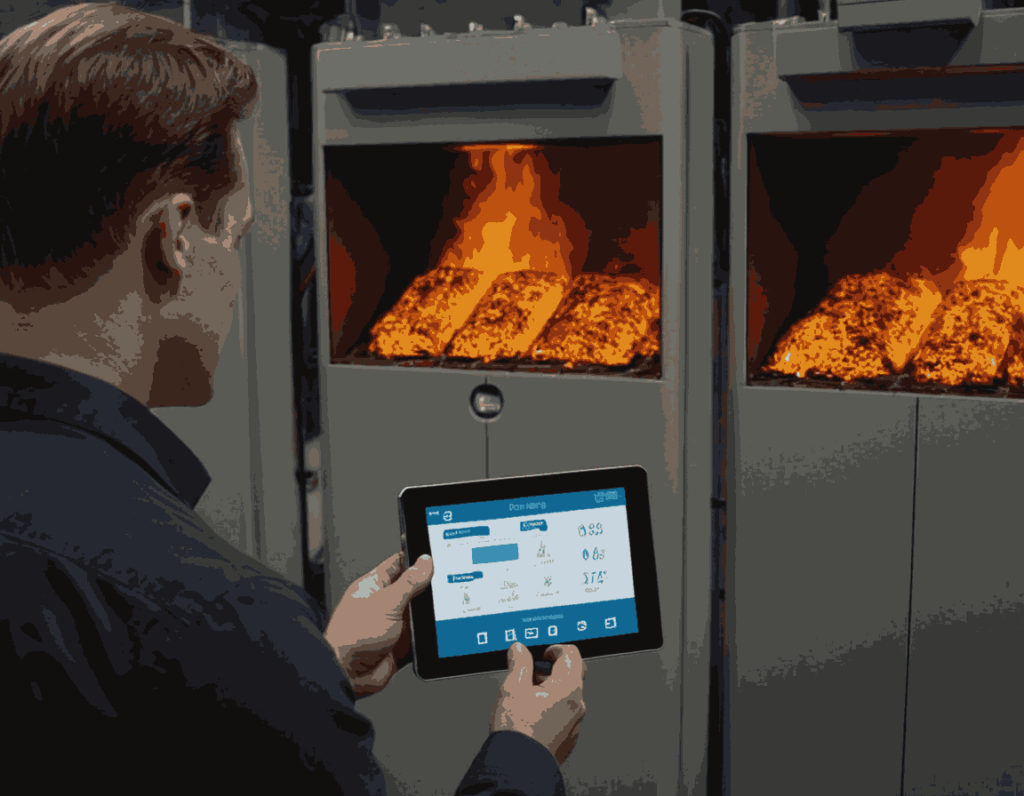Lithium-ion batteries (LIBs) are essential for modern technology, powering everything from smartphones to electric vehicles. .

What is a lithium-ion battery?
Lithium-ion batteries are rechargeable energy storage devices that use lithium ions to move between the anode and cathode during charging and discharging.
How do lithium-ion batteries work?
During charging, lithium ions move from the cathode to the anode through an electrolyte. When discharging, they move back to the cathode, generating electricity.
What are the main components of a lithium-ion battery?
The main components include:
- Anode (typically made of graphite)
- Cathode (often composed of lithium metal oxides)
- Electrolyte
- Separator.
Environmental Impact of Lithium Extraction
Mining Methods:-
Lithium is primarily extracted through two methods: open-pit mining and brine extraction.
Open-pit mining involves removing large amounts of earth, leading to habitat destruction and soil degradation.
Brine extraction, often used in arid regions like South America, consumes large quantities of freshwater, threatening local ecosystems and communities.
Chemicals used in these processes, such as sulfuric acid, can contaminate soil and water, causing long-term ecological damage.
Pollution and Ecosystem Damage
The extraction process not only disrupts local flora and fauna but also contributes to air and water pollution. Heavy metals from mining operations can leach into groundwater, posing risks to human health and wildlife.
Additionally, the carbon footprint of lithium mining is significant; studies indicate that up to 40% of the climate impact from LIB production stems from mining activities.
Toxicity and Fire Hazards
Emissions from Battery Fires
When lithium-ion batteries catch fire, they release toxic gases such as Hydrogen Fluoride (HF) and Phosphoryl fFuoride (POF₃), which can pose serious health risks to humans and animals alike.
These emissions underscore the need for better safety measures in battery usage and disposal.
How do battery fires occur?

Battery fires can occur due to short circuits, overheating, physical damage, or manufacturing defects that compromise safety mechanisms.
Improper disposal of lithium-ion batteries contributes to the growing problem of electronic waste (e-waste). Many batteries end up in landfills where they can leak harmful substances into the environment.
A significant percentage of lithium-ion batteries are not recycled properly, leading to increased landfill fires that can release further toxins into the air.
Recycling Challenges
Current Recycling Practices
Recycling lithium-ion batteries is crucial for mitigating their environmental impact. However, current recycling rates are low—only about 5% of lithium batteries are recycled compared to 99% for lead-acid batteries. The recycling process itself can be hazardous due to the risk of combustion if not handled correctly.
Can lithium-ion batteries be reused?
Yes, used lithium-ion batteries can be repurposed for less demanding applications, extending their life cycle and reducing waste.
Future Directions in Recycling
Advance methods in recycling technologies are necessary to improve efficiency and safety.
Strategies such as
Battery reuse— Where batteries are repurposed for less intensive application could significantly reduce waste and environmental harm.
What are the Labor Issues in Lithium Mining
Labor practices in lithium mining raise ethical concerns, particularly regarding child labor and unsafe working conditions in countries like the Democratic Republic of the Congo (DRC), where cobalt extraction occurs under dire circumstances. Addressing these issues is critical for creating a sustainable supply chain.
Conclusion
While lithium-ion batteries play a crucial role in transitioning to renewable energy sources, their environmental impact cannot be ignored. Sustainable practices in extraction, improved recycling methods, and ethical labor standards are essential for minimizing harm to both nature and society. As demand for these batteries grows, so too must our commitment to ensuring their production is safe, responsible, and sustainable.
What are the environmental impacts of lithium extraction?
Lithium extraction can lead to habitat destruction, water depletion, soil contamination, and increased carbon emissions due to mining activities.
re there toxic materials in lithium-ion batteries?
Yes, lithium-ion batteries can contain toxic materials such as cobalt, nickel, and manganese, which can be harmful if released into the environment.
Can lithium-ion batteries be reused?
Yes, used lithium-ion batteries can be repurposed for less demanding applications, extending their life cycle and reducing waste.
How can consumers dispose of lithium-ion batteries safely?
Consumers should take used batteries to designated recycling centers or participate in local collection programs to ensure safe disposal.
How do battery caught fires?
Battery fires can occur due to short circuits, overheating, physical damage, or manufacturing defects that compromise safety mechanisms.
